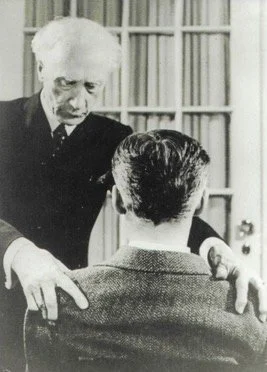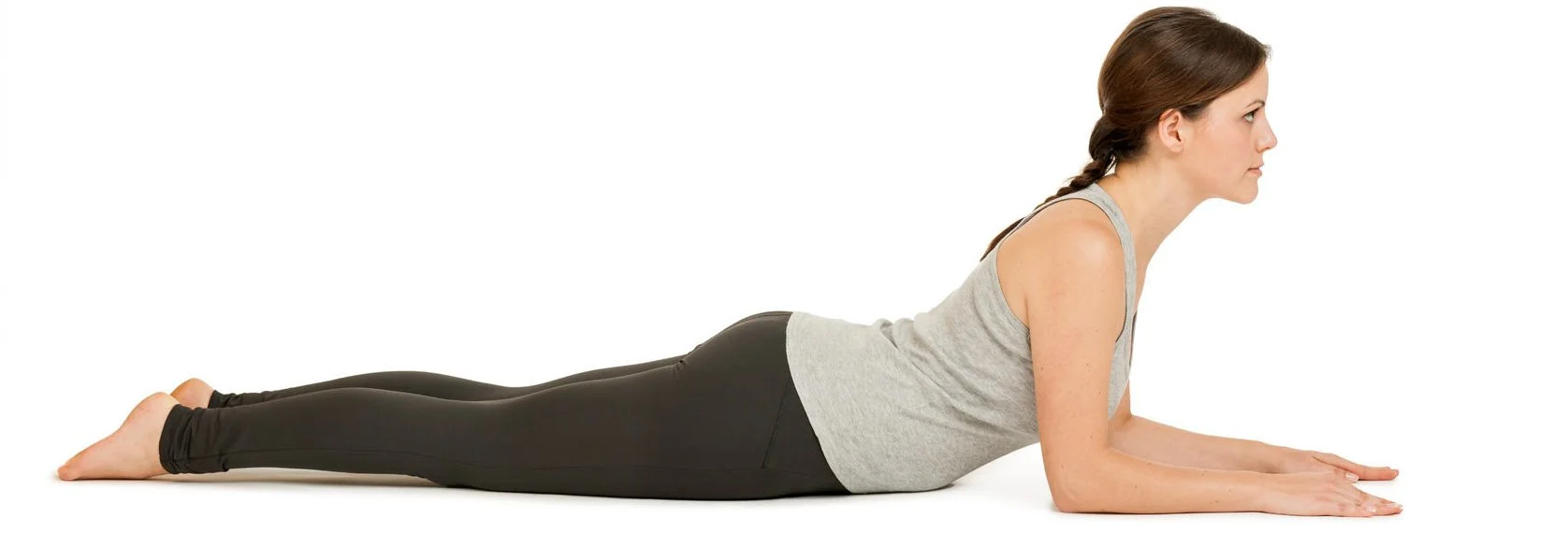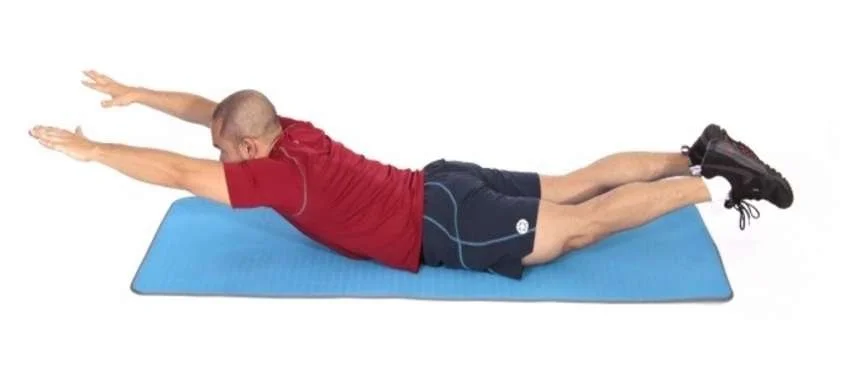Posture
Correcting your posture may feel awkward at first because your body has become so used to sitting and standing in a particular way. But with practice you can put good habits in place and after a while, good posture will become second nature, I promise!!!
I see a lot of people with issues which, after some investigation, we realise have stemmed from bad posture. This could be obvious things like lower back pain, neck pain, but also headaches and muscle fatigue. Bad posture can also effect the digestive system and breathing. When you practice proper posture, you keep your bones and joints in alignment. This decreases the abnormal wearing of joint surfaces, reduces stress on the ligaments holding the spinal joints together and allows your muscles to work more efficiently.
In this blog I give guidance on how to correct your standing and sitting postures and I will refer to some simple exercises that can strengthen parts of your body which will support good posture. I also look into some of the history of the Alexander Technique.
Alexander Technique
Alexander Technique
Many of you will have heard of the Alexander Technique. This is a posture technique developed in the 1890s by an actor called Frederick Matthias Alexander. Alexander's promising career was threatened by recurring vocal problems. After doctors found no physical cause, Alexander decided to take matters into his own hands! He observed himself in multiple mirrors and saw that he was changing his posture when he spoke and he decided that his habitual conditioned pattern of pulling his head backwards and downwards was disrupting the normal workings of his breathing, and vocal processes.
With experimentation, Alexander changed his postural habits and found that his problem with recurrent voice loss was resolved.
The main principles of the Alexander technique are:
"how you move, sit and stand affects how well you function"
"the relationship of the head, neck and spine is fundamental to your ability to function optimally"
"becoming more mindful of the way you go about your daily activities is necessary to make changes and gain benefit"
"the mind and body work together intimately as one, each constantly influencing the other”
These principles are perfectly fresh and relevant to us today. Our lifestyles are stationary and stressful. So many of us are at desks and most people now spend hours looking at their mobile phones. The stress that many of us are carrying makes our muscles clench tight.
Learning the Alexander technique
The Alexander technique is taught by a qualified teacher in 1-to-1 lessons.
Lessons often take place in a studio, clinic or the teacher's house and usually last 30 to 45 minutes. You'll be asked to wear loose-fitting, comfortable clothing so you're able to move easily.
The teacher will observe your movements and show you how to move, sit, lie down and stand with better balance and less strain. They'll use their hands to gently guide you in your movements, help you maintain a better relationship between your head, neck and spine, and to release muscle tension.
You'll need to attend a number of lessons to learn the basic concepts of the Alexander technique. Often, around 20 or more weekly lessons are recommended.
Teachers of the technique say you may see an improvement in aches and pains fairly soon after starting the lessons, but that you need to be committed to putting what you learn into practice and it may take a considerable amount of time to see the full benefits.
The overall aim is to help you gain an understanding of the main principles involved so you can apply them to everyday life, allowing you to benefit from the technique without the need for frequent ongoing lessons.
Good standing posture
To help correct your standing posture, imagine a string attached to the top of your head pulling you upwards.
The idea is to keep your body in perfect alignment, maintaining the spine's natural curvature, with your neck straight and shoulders parallel with the hips:
keep your shoulders back and relaxed
pull in your abdomen
keep your feet about hip distance apart
balance your weight evenly on both feet
try not to tilt your head forward, backwards or sideways
keep your legs straight, but knees relaxed
Let your hands hang naturally at your sides.
If you have to stand for long periods, shift your weight from your toes to your heels or from one foot to the other.
Core and buttock strengthening exercises, hip flexor and thigh stretches, and making a conscious effort to correct your standing posture are recommended to help correct a sticking out bottom.
Good sitting posture
When seated, keep these tips in mind:
Adjust the height of your chair so that your feet rest flat on the floor or on a footrest.
Keep your knees at or below the level of your hips. Don't cross your legs. Your ankles should be in front of your knees. Keep a small gap between the back of your knees and the front of your seat.
Adjust your chair to support your back or place a rolled towel or small pillow behind your lower back.
Make sure the top of your monitor is at or slightly below eye level.
Keep your head and neck balanced and in line with your torso.
Relax your shoulders. Keep your forearms parallel to the ground.
Try not to sit in the same position for long periods.
Check out your reflection
To see if you're keeping your shoulders straight, stand in front of a mirror or ask someone else to evaluate your shoulder position. Aim to keep your shoulders in the same position as shown in the image on the right.
Avoid looking down at your phone
Looking down at a smartphone can cause you to flex your neck and strain your cervical spine. When standing and looking at your phone, maintain good posture and aim to hold your phone close to eye level. When sitting and looking at your phone, sit upright and use armrests — or alternatively a desk or pillow — to support your arms.
Hunching over your keyboard
Hunching over your keyboard is usually a sign that you have a tight chest and a weak upper back. Over time, this type of posture can contribute to you developing a rounded upper back, which can cause shoulder and upper back stiffness.
gently lengthen your neck upwards as you tuck in your chin
bring your shoulder blades down and back towards your spine
pull in your lower tummy muscles to maintain a natural curve in your lower back
adjust your seating
Exercises
The way to better posture is conscious habit changes as well as core-strengthening exercises. Here are a few exercises which may of you will be familiar with.
The bridge
Back extensions
Back extensions
The Plank
Try getting into better posture habits to reap the benefits of a better aligned body! Good luck!
Contact us directly if you are suffering from back problems or would like support to build better posture habits. Feel free to book an appointment with Vitalis Health for a private GP appointment in Belfast City Centre NI. We are open Monday to Friday and offer same-day or next day private GP appointments.
As a qualified yoga instructor and sports injury clinician Dr. Siobhan Graham weaves the value of exercise into most of her consultations. Her love of sports and how exercise improves health lead her to study Sport and Exercise Medicine at the University of Bath. During this time, she worked as a travelling team doctor for some of the Northern Ireland football teams and spent over 3 years working in rheumatology (the specialty for disease of joints, muscle and the immune systems). Dr Graham understands the positive impact of exercise has on one’s mental wellbeing.
Book a next day or same day appointment by contacting the Belfast City Centre clinic on: +44(0)2896913000










